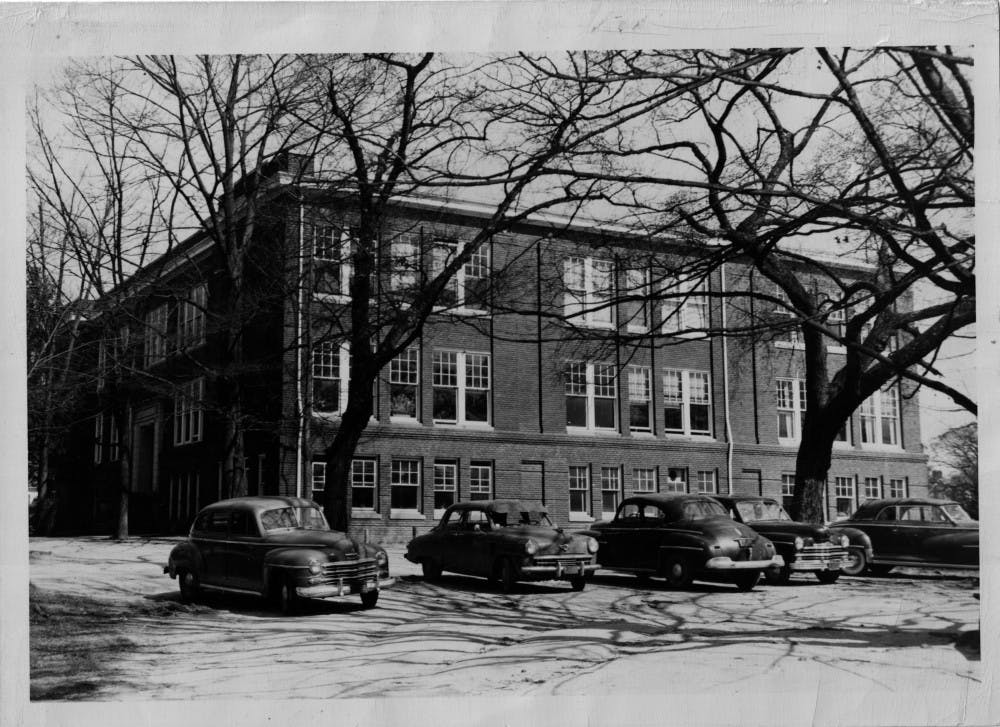For more than 100 years, the Chapel Hill-Carrboro City Schools System has had a special tax, providing additional funding to the district — a tax Orange County Schools lacks.
Despite multiple attempts to merge the school systems over the past couple of decades by the Orange County Commissioners, the two districts remain separate.
The creation of school districts in North Carolina began in 1870 in Greensboro. Municipalities then began to increasingly seek charters from the state in the early 20th century, according to a 2003 merger study report for the Orange County Board of Commissioners.
The inspiration for Chapel Hill to create its own district came from a group of UNC professors who wanted to improve the quality of education and attract more staff members to the University, according to Chapel Hill-Carrboro City Schools.
“These (school districts) were often established to take advantage of the larger tax bases that often existed in urbanized areas, and to thereby afford a higher level of education funding within the special district than might otherwise have been available through the surrounding county school system," the report states.
The North Carolina General Assembly officially granted Chapel Hill its own charter, which established a special school district tax to grant additional funds for public schools. Chapel Hill's African-American community voted themselves into the district by the 1930’s, and Carrboro joined in the 1950’s, said Mia Burroughs, a member of the Orange County Board of Commissioners.
It was fairly common for North Carolina to have multiple school districts within one county. In the 1950’s, the state had 174 school districts in total, including 100 county systems. School districts began consolidating and merging in the 1960’s to provide more equitable funding for students.

Pictured is a map of Orange County from 1891. Photo courtesy of the Chapel Hill Historical Society.
The Orange County Board of Commissioners has considered merging the CHCCS and Orange County Schools systems, and it assigned a study commission in the 1985 to analyze the benefits of a single school district. Overall, the commission found the districts should have waited until the future to merge.




